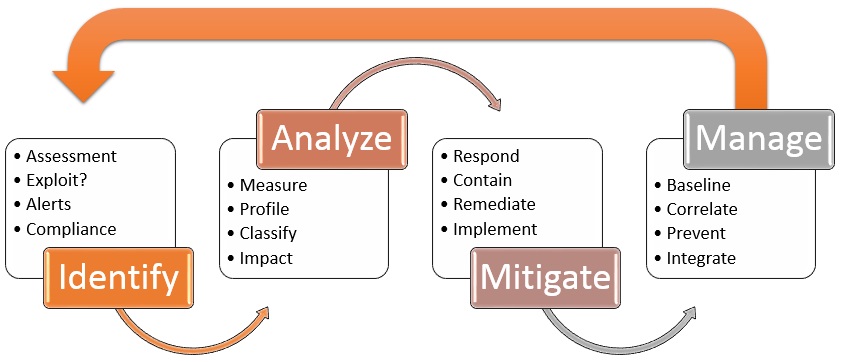Collaborative Approaches to Vulnerability Remediation

In today's rapidly evolving cyber threat landscape, effective vulnerability remediation requires more than just quick fixes and patches. It demands a holistic, collaborative approach involving cross-functional teams. This blog explores how different roles within an organization can work together to strengthen security and foster a culture of collaboration
Cross-Functional Collaboration in Remediation Efforts
Vulnerability remediation isn't solely the responsibility of the IT or security team. Instead, it's a shared responsibility that involves various stakeholders across the organization. Here's how cross-functional collaboration can enhance the remediation process:
Security Teams: The security team plays a crucial role in identifying vulnerabilities and assessing their potential impact. They conduct regular vulnerability assessments and penetration testing to discover weaknesses. However, their role doesn't end with identification. Security professionals must communicate their findings effectively to developers and other stakeholders, ensuring that everyone understands the risks and the necessary remediation steps.
Developers: Developers are on the front lines of remediation. Once a vulnerability is identified, they are responsible for fixing the code and ensuring that the software is secure. This requires a deep understanding of secure coding practices and the ability to implement patches quickly without disrupting the development pipeline. Developers should work closely with security teams to understand the nuances of each vulnerability and the best ways to address them.
Management: Management has a pivotal role in fostering a culture of security and ensuring that remediation efforts are prioritized. They must allocate the necessary resources and support to enable effective vulnerability management. Management should also establish clear communication channels and ensure that all teams are aligned with the organization's security goals.
Building a Culture of Collaboration for Better Security
Creating a collaborative culture around security is essential for effective vulnerability remediation. Here are some strategies to build such a culture:
1. Foster Open Communication: Encourage open communication between security teams, developers, and management. Regular meetings and updates can help ensure that everyone is on the same page and aware of the current security landscape. Use collaborative tools like Slack, Microsoft Teams, or Jira to facilitate real-time communication and tracking of remediation efforts.
2. Implement Cross-Training Programs: Cross-training can help bridge the gap between different teams. Security teams should provide developers with training on secure coding practices and vulnerability management. Similarly, developers can educate security teams on the intricacies of the development process. This mutual understanding can lead to more effective and efficient remediation efforts.
3. Establish Clear Processes and Responsibilities: Define clear processes and responsibilities for vulnerability remediation. Develop a playbook that outlines the steps to be taken when a vulnerability is discovered, including who is responsible for each task. This can help streamline the remediation process and reduce the time it takes to address vulnerabilities.
4. Promote a Security-First Mindset: Security should be integrated into every aspect of the development process, from design to deployment. Promote a security-first mindset by incorporating security practices into the development lifecycle (SDLC). Encourage teams to think about security at every stage and to consider the potential impact of their work on the organization's overall security posture.
5. Recognize and Reward Collaboration: Recognize and reward teams and individuals who demonstrate exceptional collaboration in remediation efforts. Celebrating successes and acknowledging the contributions of different teams can reinforce the importance of working together to achieve common security goals.
Conclusion
Effective vulnerability remediation is a team effort that requires the collaboration of security teams, developers, and management. By fostering open communication, implementing cross-training programs, establishing clear processes, promoting a security-first mindset, and recognizing collaborative efforts, organizations can build a culture of security that enhances their ability to manage and mitigate vulnerabilities. Remember, in the battle against cyber threats, working together is the key to staying one step ahead.


